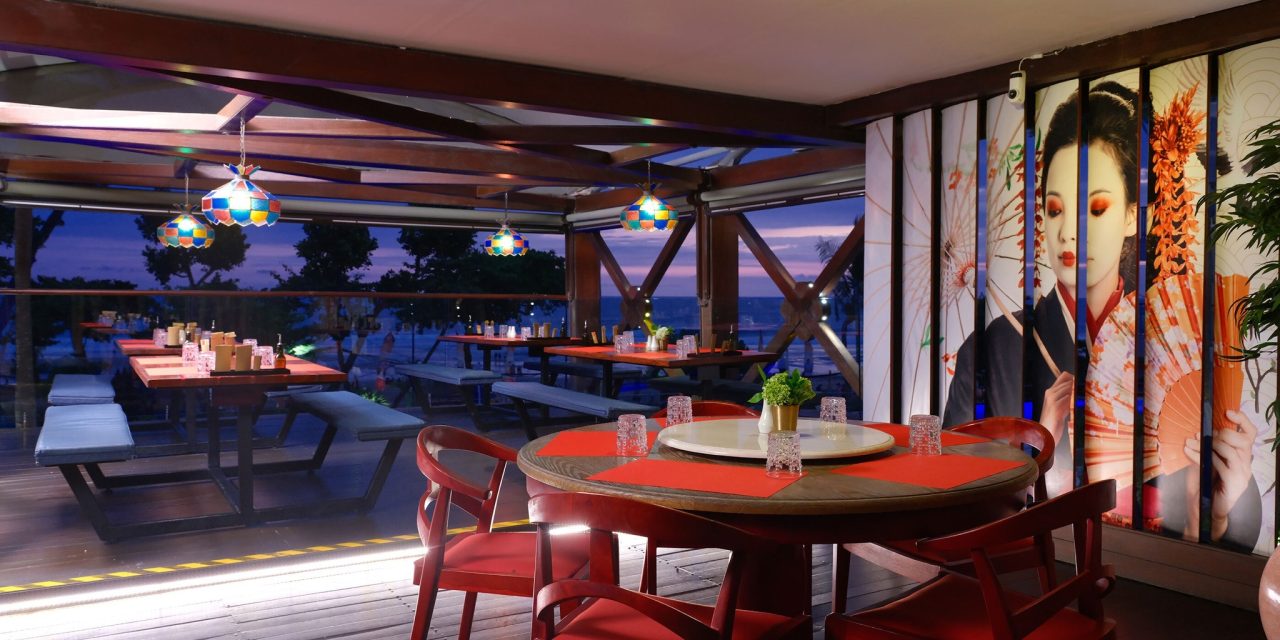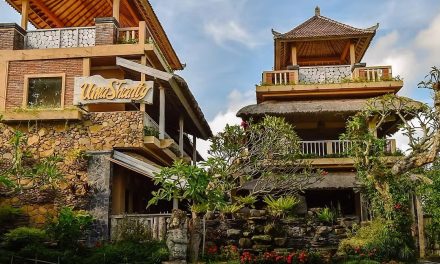Ah, Bali! Just the name conjures images of lush green rice paddies, stunning beaches, and intricately designed temples. Among the many marvels Bali has to offer, Tanah Lot stands out as a breathtaking piece of the island’s cultural fabric. If you’ve ever wandered the shores of Tanah Lot, you’ll know that it’s not just a picturesque spot for sunset selfies; it’s a living testament to how geographical and spiritual influences shape architecture and design. So, let’s dive into how Tanah Lot has influenced Balinese architecture and design, weaving in personal anecdotes, unique insights, and practical advice along the way.
The Spiritual Essence of Tanah Lot
When I first visited Tanah Lot, I was instantly captivated by its majestic sea temple perched on a rocky outcrop. The waves crashing against the rocks below seem to echo the spiritual significance the site holds. Legend has it that this temple was built in the 16th century by Priest Nirartha, who saw the site as a vital point of worship, honoring the sea gods.
Architecture Reflecting Nature
One unique aspect of Balinese architecture is its deep-rooted connection to nature, and Tanah Lot exemplifies this perfectly. Structures are designed not only for functionality but also to harmonize with their natural surroundings. For instance, traditional Balinese homes incorporate local materials like bamboo, wood, and stone, mirroring the earthy tones of Tanah Lot.
Personal Anecdote
During my travels, I had the opportunity to stay in a cottage near Ubud, just a stone’s throw from those majestic rice fields. The design of my cottage had that quintessential Balinese touch. Open-air, wooden structures with thatched roofs—just like the temples of Tanah Lot—made it feel in perfect communion with the landscape. There’s something special about waking up to the sounds of nature, and that’s a design philosophy deeply embedded in Balinese culture.
Blending Tradition with Modernity
Bali is often seen as a paradise for tourists, but it’s also a dynamic space where tradition meets modernity. Tanah Lot has stood as a beacon for this evolution. The iconic site attracts millions of visitors each year, prompting local architects to innovate while honoring traditional styles.
Case in Point: Modern Balinese Villas
Have you noticed how many new villas being built in Bali maintain that classic Balinese aesthetic while incorporating contemporary designs? You’ll find infinity pools that overlook lush gardens, large open living spaces filled with natural light, and elegant details like traditional carvings—much like those found at Tanah Lot. This blend creates a sense of tranquility and luxury, offering a fresh take on traditional design.
Practical Advice
If you’re inspired to incorporate Balinese styles in your own home, think about natural materials like teak wood or bamboo. You can also experiment with open spaces and large windows to bring the outdoors inside. A splash of intricate carvings or traditional textiles can add that authentic touch without overwhelming the contemporary vibe you might want to maintain.
The Use of Symbolism
Every element in Balinese architecture is laden with symbolism. The designs you see at Tanah Lot often incorporate directional points that relate to Hindu cosmology, with temples aligned towards the mountain and the sea. This is a core principle that many modern Balinese designers continue to embrace.
Example: Entryways and Gates
Think about the ornate gates you see at Tanah Lot; they’re not just beautiful—they serve a deeper purpose. In Balinese design, the gates symbolize the transition from the mundane to the sacred. In your own space, consider creating a striking entryway that reflects this idea. Whether it’s through the use of colors, textures, or architectural features, making your entrance feel special can set the tone for what lies beyond.
Community Spaces and Functionality
Community is at the heart of Balinese culture, and Tanah Lot is not just a tourist destination; it also serves as a communal space for festivals and rituals. This functionality is a hallmark of Balinese architecture.
Creating Your Own Space
If you’re looking to replicate this sense of community in your living space, think about how you use your outdoor areas. Can you create a gathering space with seating, greenery, and perhaps even a small water feature? Incorporating areas that invite people together echoes the communal spirit of places like Tanah Lot.
Relatable Scenario
Imagine hosting a small gathering with friends in a beautifully designed outdoor space that mirrors the serene tranquility found near the temple. With the sound of water trickling nearby and ambient lighting, you create an atmosphere where conversations flow as naturally as the waves crashing at Tanah Lot.
Conclusion
Tanah Lot’s influence on Balinese architecture and design goes beyond mere aesthetics. It showcases a rich tapestry of culture, spirituality, and relationship with nature that is woven into every structure on the island. Whether you’re a traveler looking to immerse yourself in Balinese culture or a homeowner hoping to incorporate these elements into your own designs, understanding the essence of Tanah Lot can offer profound insights.So, next time you find yourself wandering the shores of Tanah Lot, take a moment to appreciate not just its beauty, but also the intricate dance of nature, culture, and architecture that makes it a true emblem of Bali. Embrace that spirit in your own surroundings, and let the wisdom of Balinese design inspire your life.






